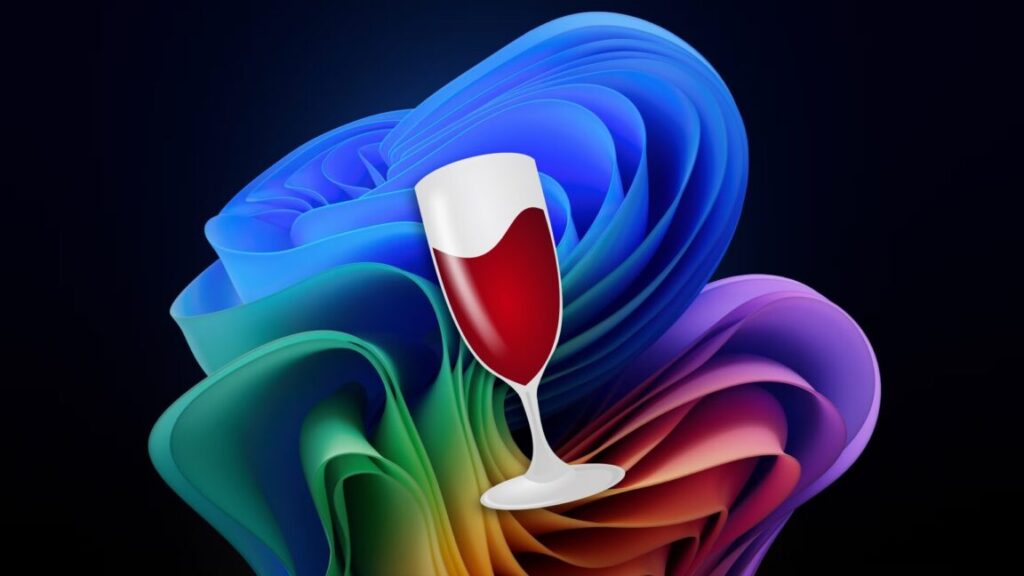Teen coder shuts down open source Mac app Whisky, citing harm to paid apps
A tipped-cap moment
The center of Whisky’s homepage. The page now carries a persistent notice that “Whisky is no longer actively maintained. Apps and games may break at any time.” Credit: Whisky
CodeWeavers’ CEO wrote on the company’s blog late last week about the Whisky shutdown, topped with an image of a glass of the spirit clinking against a glass of wine. “Whisky may have been a CrossOver competitor, but that’s not how we feel today,” wrote James B. Ramey. “Our response is simply one of empathy, understanding, and acknowledgement for Isaac’s situation.”
Ramey noted that Whisky was a free packaging of an open source project, crafted by someone who, like CrossOver, did it as “a labor of love built by people who care deeply about giving users more choices.” But Marovitz faced “an avalanche of user expectations,” Ramey wrote, regarding game compatibility, performance, and features. “The reality is that testing, support, and development take real resources … if CodeWeavers were not viable because of CrossOver not being sustainable, it would likely dampen the future development of WINE and Proton and support for macOS gaming,” Ramey wrote.
“We ‘tip our cap’ to Isaac and the impact he made to macOS gaming,” Ramey wrote, strangely choosing that colloquial salute instead of the more obvious beverage analogy for the two projects.
Marovitz told Ars that while user expectations were “definitely an issue,” they were not the major reason for ceasing development. “I’ve worked on other big projects before and during Whisky’s development, so I’m not a stranger to tuning out the noise of constant user expectations.”
Open source projects shutting down because of the tremendous pressure they put on their unpaid coders is a kind of “dog bites man” story in the coding world. It’s something else entirely when a prolific coder sees a larger ecosystem as not really benefiting from their otherwise very neat tool, and chooses deference. Still, during its run, the Whisky app drew attention to Mac gaming and the possibilities of Wine, and by extension Apple’s own Game Porting Toolkit, itself based on CrossOver. And likely gave a few Mac owners some great times with games they couldn’t get on their favorite platform.
Marovitz, while stepping back, is not done with Mac gaming, however. “Right now I’m working on the recompilation of Sonic Unleashed and bringing it fully to Mac, alongside other folks, but for the most part my goals and passions have remained the same,” Marovitz told Ars.
Teen coder shuts down open source Mac app Whisky, citing harm to paid apps Read More »




